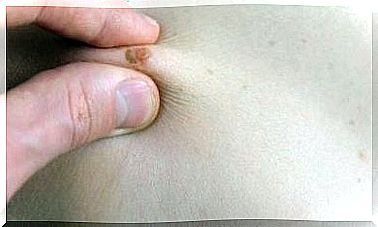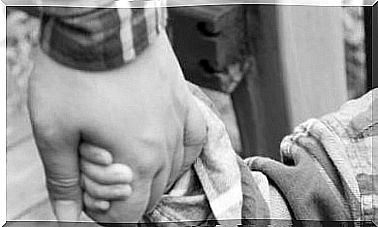Becoming A Mother After A Hysterectomy

Certain conditions in the woman’s reproductive system attack the uterus, the organ where the pregnancy takes place. If the uterus is removed, the chances of having a baby are reduced – but are they completely gone?
In addition to being the second most common cause of surgery in women (the first is cesarean section), many women are not fully aware of what a hysterectomy is.
Therefore, before we move on to the main topic of this article, we will provide a general overview of what this type of surgery is all about.
Furthermore, will will discuss possible causes, the effect it has on a woman’s health, as well as the types that exist.
Finally, we will focus on answering the main question: is it possible to become a mother after a hysterectomy?
What is a hysterectomy?
A hysterectomy is an operation that involves removing part or all of the uterus. As this is where the fetus grows and develops, many women wonder whether they can become mothers after a hysterectomy.

As a result of an operation like this, a woman will stop having menstruation, and will go through menopause if both the fallopian tubes and the ovaries are also removed.
However, usually only one ovary is removed if necessary.
Types of hysterectomy
Hysterectomy can be classified into 3 types:
- Total: in addition to the entire uterus, the cervix is also removed. It is not always necessary to remove the fallopian tubes or ovaries.
- Partly: here, only the upper part of the organ is removed, without affecting the cervix.
- Radical: the entire uterus, cervix, tissue on both sides of the cervix and the upper part of the vagina are removed. It is used to eradicate certain types of cancer.
When is it appropriate to have a hysterectomy?
Hysterectomy is a form of treatment for several conditions that can occur in a woman’s reproductive system. Some of them involve:
- Fibroids or uterine fibroids: benign tumors that are formed by the muscle tissue that occurs inside or around the uterus.
- Endometriosis: a hysterectomy is performed when endometriosis cannot be treated with medication or surgery.
- Uterine prolapse: this occurs when the uterus sinks into the vagina.
- Cancer of the uterus, cervix or ovaries.
- Vaginal bleeding that does not respond to primary treatment.
- Adenomyosis: it occurs when the tissue surrounding the uterus grows into the walls of the organ. As a result, the walls become thicker, causing great pain and heavy bleeding.
However, it should be noted from the Office of Women’s Health, part of the United States Department of Health and Human Services, that it is a last-resort treatment.
As it is a comprehensive operation, a hysterectomy is performed only when previous alternatives do not give the expected result.
According to the same organization, half a million women undergo this surgery, every year, in the United States.
Is it possible to become a mother after a hysterectomy?
The uterus is a fundamental organ in the pregnancy process. The fetus lives inside the womb for 9 months, through which time it goes from being a small fetus, to a baby ready to see the light.
This means that you cannot become a mother after a hysterectomy. However, technological advances have opened up new leads for this to happen.
As long as your ovaries are not removed, your eggs can still be used for in vitro fertilization.

Logically, your baby will grow in a different womb. This is called a surrogate pregnancy. It would be like “renting” another woman’s uterus.
This process generates great social, legal, ethical and religious controversies.
For it to succeed, the process must consist of:
- Removal of eggs from the woman who has had a hysterectomy.
- Generate a fetus via in vitro fertilization.
- Transplant the fetus into the uterus of the foster mother.
- Pregnancy, birth and delivery of the baby to the mother.
Without a doubt, this procedure requires immense solidarity from the pregnant woman.
It is an act of deep love that enables a person who can not achieve it in any other way, to create a family, thanks to reproductive technology.
However, the laws of each country may allow or prohibit this procedure.









